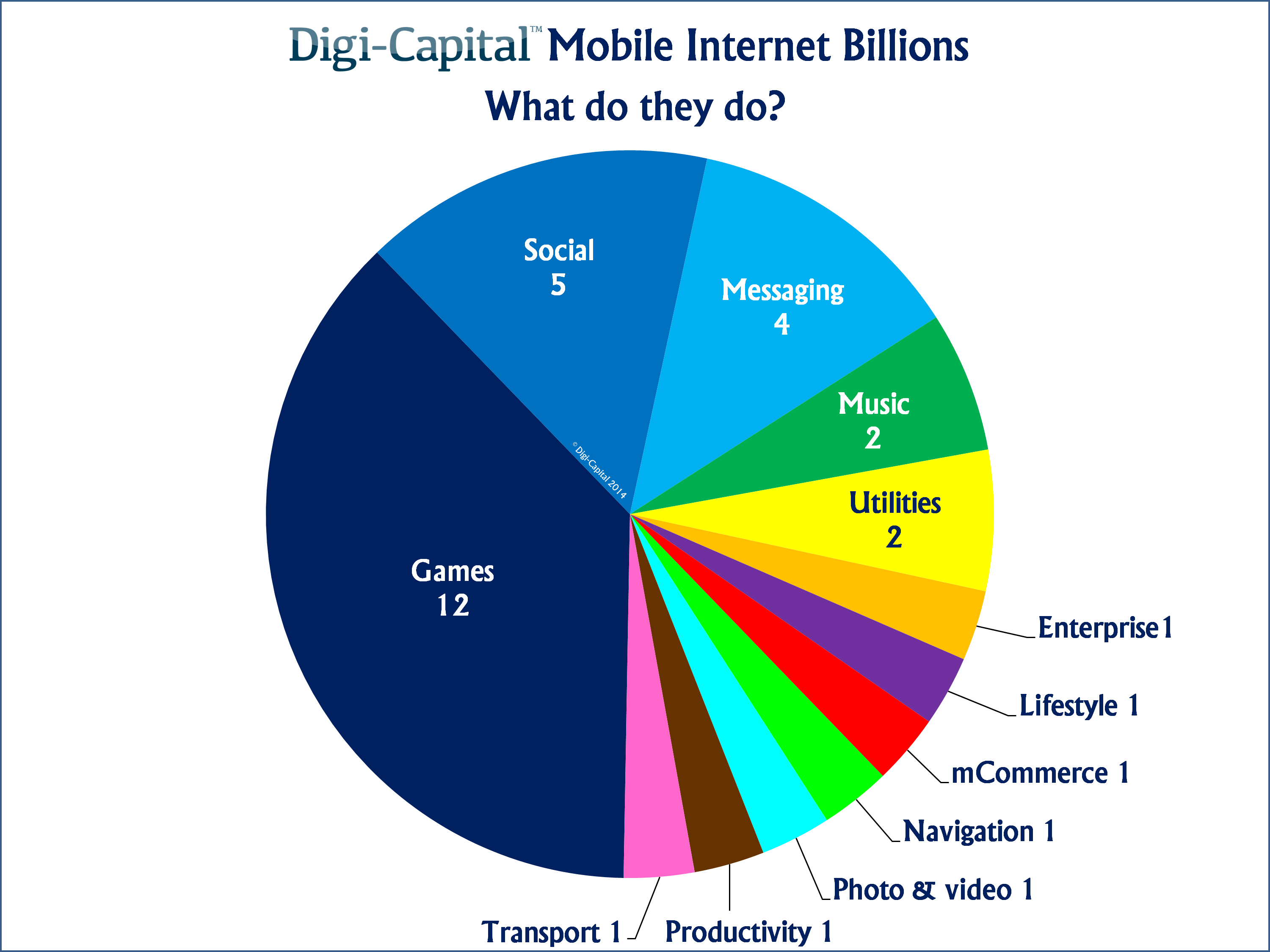Digi-Capital recently revealed a list of the top 32 ranking Internet companies out there, and, in a surprise twist, game companies play a big part.
The report, originally posted by GamesIndustry International, indicates that social apps rule the roost, with first place easily going to Twitter and second place to the messaging app WhatsApp. However, there are a number of game companies that have earned their place in the world as well.
GungHo Interactive, the publishers of the popular Puzzle & Dragons, leads the pack in 8th place with an estimated $4.9 billion, while other companies like Colopi, Ourpalm and King are closely behind with anywhere between $3.8 to $3.2 billion, respectively.
Other game companies that made the billion dollar list include Supercell, Youzu (based in China), Cyberagent, DeNA and GREE, as well as Gumi, Kabam and FunPlus, barely breaking over the billion dollar mark. The full chart is below.
A number of these companies have shown impressive growth over the past few years, while others have been holding steady, with business still adding up.
“Digi-Capital’s Mobile Internet Billions list has grown to 32 ‘billion dollar’ companies, adding $11.4 billions shareholder value in Q3 2014 alone,” said Digi-Capital founder Tim Merel. “That’s $125 million value added every day of Q3 to reach a combined $163 billion valuation, only seven years after the launch of the iPhone.
“As well as adding huge value collectively, there has been a lot of movement in the rankings. Daumkakao (merger of Daum and Kakao) leapt 15 places, followed by Mixi, Square, Tango and AirWatch. Youzu Interactive, Momo, Com2Us, Gumi, Kabam and FunPlus are new to the list, while DeNA, King, GREE, Gungho, Pandora, Waze, Zillow, Snapchat and CyberAgent all lost places.”
Another chart, posted below, breaks down the categories for these companies, and, as you can see, games holds a huge chunk of the market with 12, while social is close behind with 5 and messaging follows with 4. Other categories, including music, utilities, mCommerce and lifestyle, rank a little lower.
So, indeed, it looks like games are here to stay.


